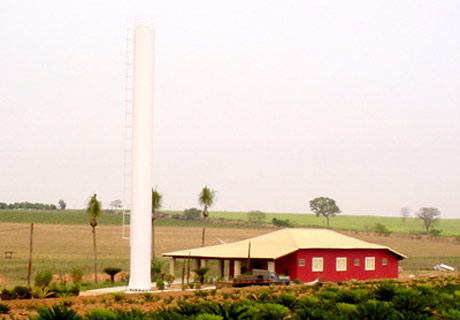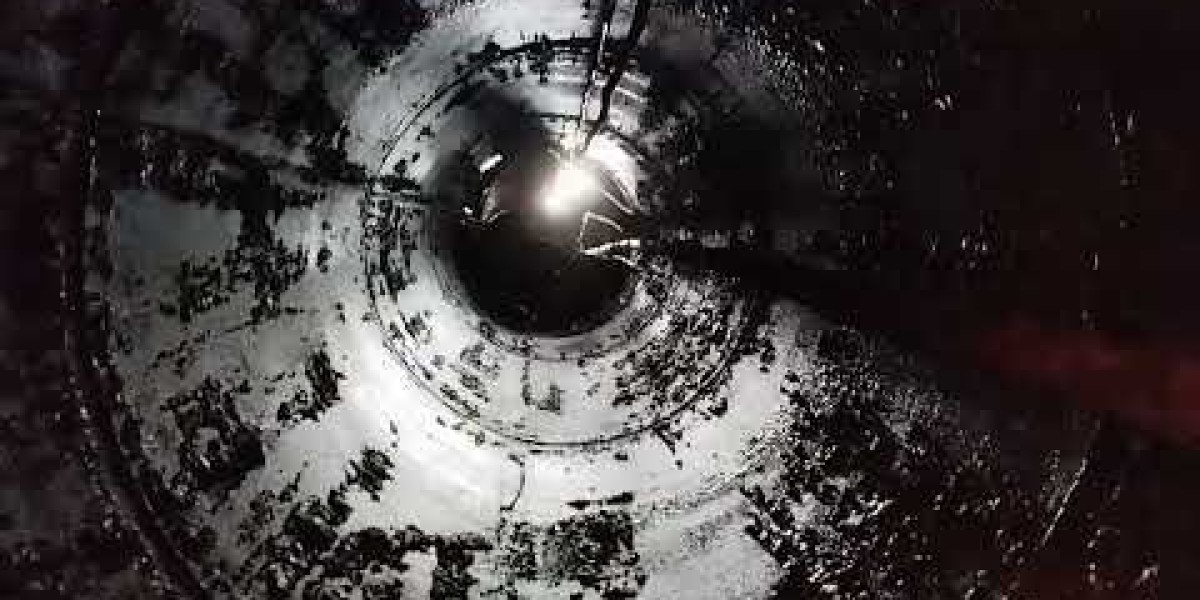Mantenimiento y pruebas de un sistema de columna seca
En la situacion de las columnas secas, es esencial contar con empresas instaladoras preparadas, que cumplan con los requisitos técnicos y de calidad establecidos. Además, se pide que las empresas mantenedoras estén debidamente acreditadas y realicen las inspecciones y pruebas periódicas correspondientes. Es importante tener en cuenta que cada edificio es único y requerirá un análisis detallado para determinar qué caixa d água tipo tubular de sistema de columna seca es el más conveniente. Generalmente, las columnas secas son una parte crítica de cualquier sistema de protección contra incendios en un edificio alto o grande, y se deben mantener y verificar de manera regular para garantizar su desempeño conveniente. Es importante resaltar que el cumplimiento de estas normativas garantiza la seguridad contra incendios en las edificaciones. En caso de que no sea posible instalar una columna seca gracias a la localización del edificio o la disponibilidad de servicios públicos de extinción, los ayuntamientos tienen la posibilidad de optar por la instalación de bocas de incendio pertrechadas. La principal función de la columna seca es facilitar el ingreso rápido y eficiente del agua en el caso de incendio.
Proyectos relacionados con instalación de Sistema de columna seca
Las instalaciones de columna seca son concebidas para un empleo único de los servicios de urgencia en edificio donde la altura es elevada y los Bomberos no acceden desde las grúas. Los sistemas de columna seca están compuestos por una red de cañerías que están vacías hasta el caixa d áGua tipo Tubularía de hoy de su uso. En resumen, un sistema de columna seca está compuesto por distintos elementos que cumplen funciones concretas. Desde la boca de alimentación hasta el sistema de señalización, cada ingrediente es primordial para asegurar la efectividad de este sistema de protección contra incendios. Además, es importante tener compañías instaladoras y mantenedoras de confianza, que cumplan con los requisitos técnicos y de calidad establecidos en el reglamento.
Por último, si ya sabemos qué es una columna ¿Cuál es su mantenimiento?
Hidrante de columna seca de 4" DN cien mm, con toma recta a la red, carrete de 300 mm, una boca de 4" DN cien mm, 2 bocas de 2 1/2" DN 70 mm, racores y tapones. Incluso elementos de fijación. La toma de alimentación va a estar equipada con una válvula anti retorno, llaves de corte y racores de 70 mm con tapa y llave de limpieza de 25 mm. Se instala en el embarque de la escalera, en el vestíbulo del edificio o aun en el exterior de este. Es el sistema solicitado de recolectar el agua sobrante de las pruebas y los mantenimientos de las columnas secas, evitando así posibles crecidas de agua o daños en el edificio. Debe estar conectado a la red de alcantarillado y contar con trampas de retención de restos sólidos, para eludir obstrucciones y malos fragancias.
STANDARD OPERATION PROCEDURE
Determine the variety of trays required for the separation. Where $ f_2 $ is the fraction of the column cross-section space or internet area that's out there for vapour move through the tray. The value of $ f_2 $ is typically zero.85~0.ninety five, that means that $ (1-f_2) $ is the fraction of the column area that is wanted for downcomers. The diameter calculation can be accomplished using vapour move price within the rectifying part, stripping section, or the common, and certainly one of these values will yield the maximum diameter. The largest calculated diameter would be satisfactory for the design of most separation systems (Wankat, 1988). The openings in valve trays are covered with liftable caps that modify themselves based on the vapor circulate. Tray valves or caps shut off at a low vapor fee, stopping the liquid from moving down from the tray.
2. Tray Column Performance and Design
The hydrodynamics of distillation column similar to strain drop and froth top have direct results on the column effectivity and performance. As proven in Figure 2.6, high vapour and liquid move velocities are usually favourable for high effectivity and capacity, but they'll also cause excessive entrainment or flooding, relying on tray spacing. As a result, the design of a distillation column measurement often depends on the dedication of column flooding, or a fraction of flooding velocity is often used as the premise for designing correct column diameter. The underlying theories for distillation column operation efficiency and design are mass stability and energy balances around individual trays and the general column. Alternatively, with some justifiable assumptions corresponding to constant molal overflow (CMO), the operation and design problem can be decreased to simply fixing mass steadiness equations together with vapour-liquid equilibrium.
Concrete Tank Refurbish, Repair and Waterline Trenching
High liquid masses can create both downcomer backup flooding or downcomer choking.Backup flooding happens when the froth top in the downcomer backs up over the weir of the tray above. It generally outcomes from a hydraulic restriction on the downcomer exit along with high overall tray strain drop. Downcomer choking, in contrast, is a perform of the downcomer entrance conditions. When the velocity of the froth getting into the downcomer is merely too excessive, the vapor is not in a place to correctly disengage from the liquid.
Tray valves or caps shut off at a low vapour rate, thus stopping the liquid from transferring down from the tray. As the vapour price increases, the valve lifts, and the open area for vapour move additionally increase. As nicely, the above process is commonly used to troubleshoot operation problems in practical distillation operations. For a distillation column design, if the general column effectivity, $ E_o $, is known, then the precise variety of trays required or column peak for a specified separation can be determined. The sieve trays are sieve fifty seven, where the hole diameter is 5mm.
Estimation of the efficiency of packed mass-transfer devices
The flowing liquid is transferred from the plate to the plate via downcomers. A sure level of the liquid is retained on the plate by an outlet weir. However, these liquid rate pointers are not absolutes as there's typically significant overlap within the liquid flow fee ranges for various forms of column internals. In some instances, a mixture of trays and packings are utilized in distillation systems relying on the feed nature and composition, and the specified distillate.
This approach doesn't enhance capability in a linear style. Generally speaking, capacity increases with the square root of the tray spacing.High capacity deck designs usually use smaller orifices. Smaller sieve holes or valves have a tendency to reduce localized momentum of the vapor flowing via the orifices. Essentially, smaller streams have a tougher time penetrating the froth on the tray deck and subsequently don't carry as a lot entrainment upward. With typical cross-flow trays, aerated froth enters the downcomer from the tray above. As the froth flows into the downcomer, much of the vapor disengages from the liquid and returns to the tray space above, leaving a level of clarified liquid in the downcomer that flows to the tray beneath.






